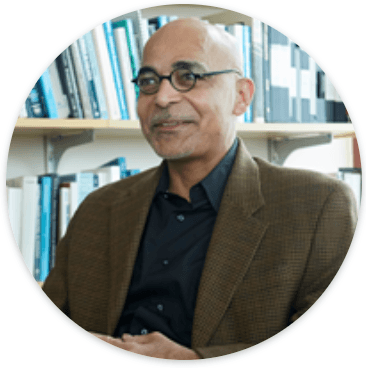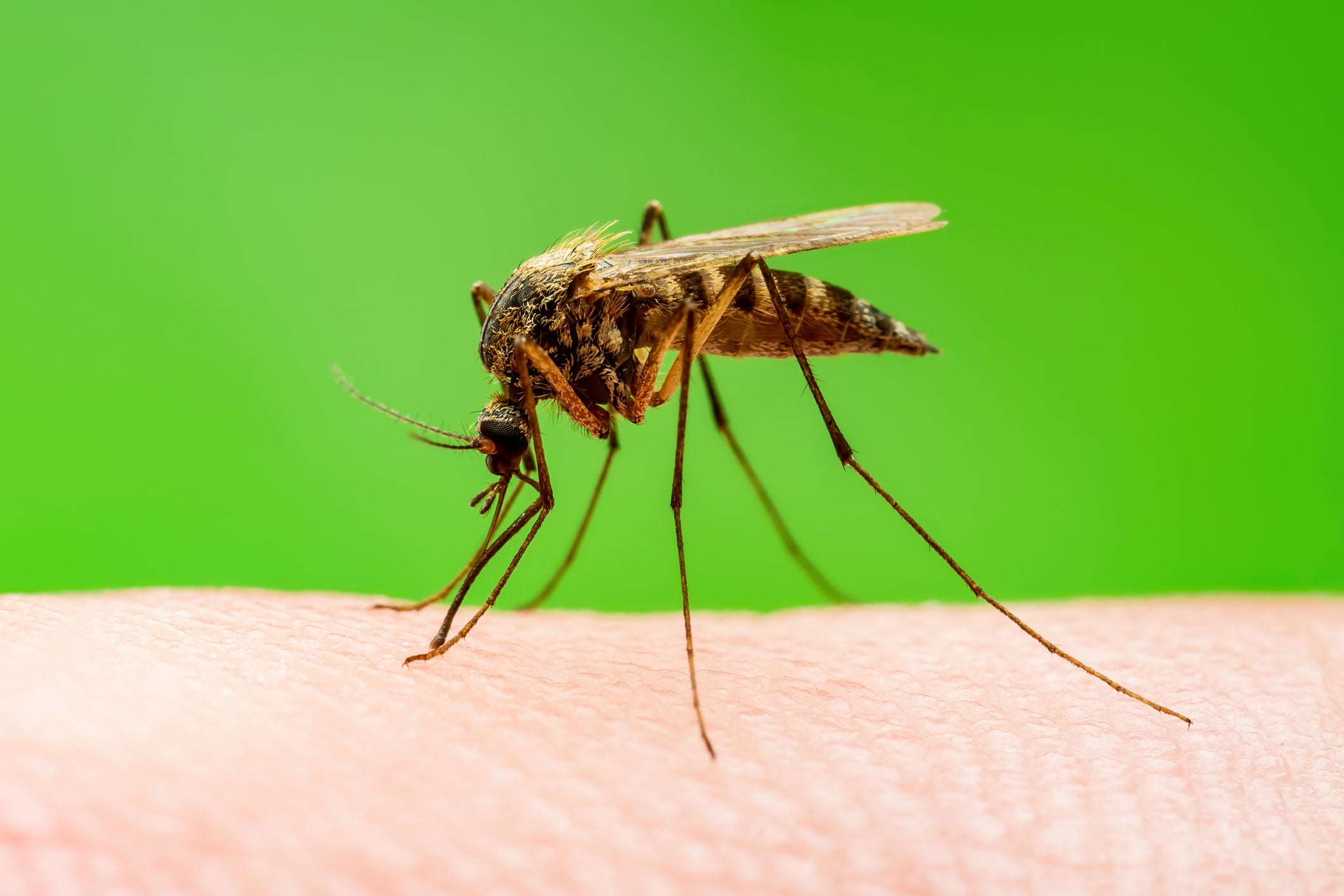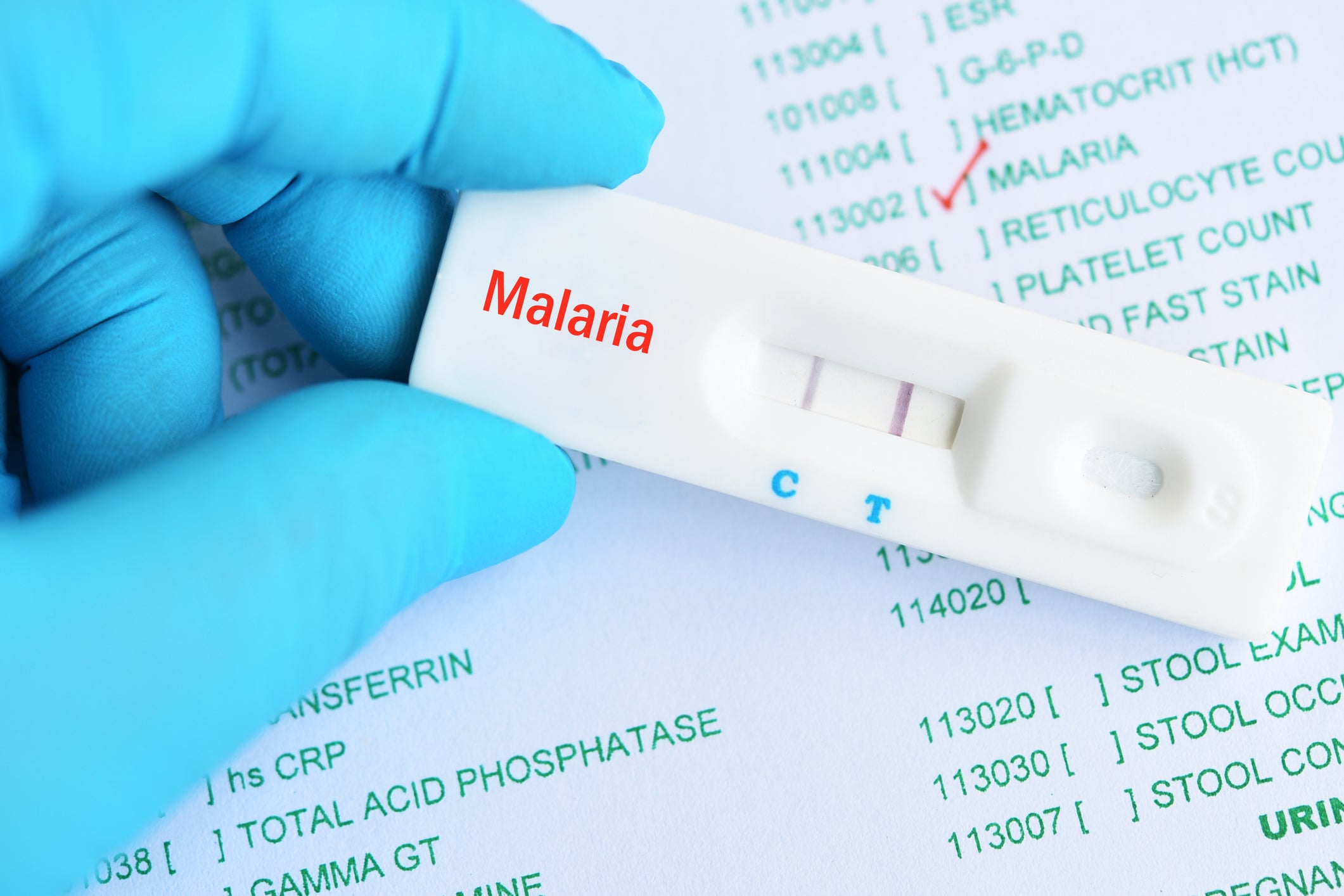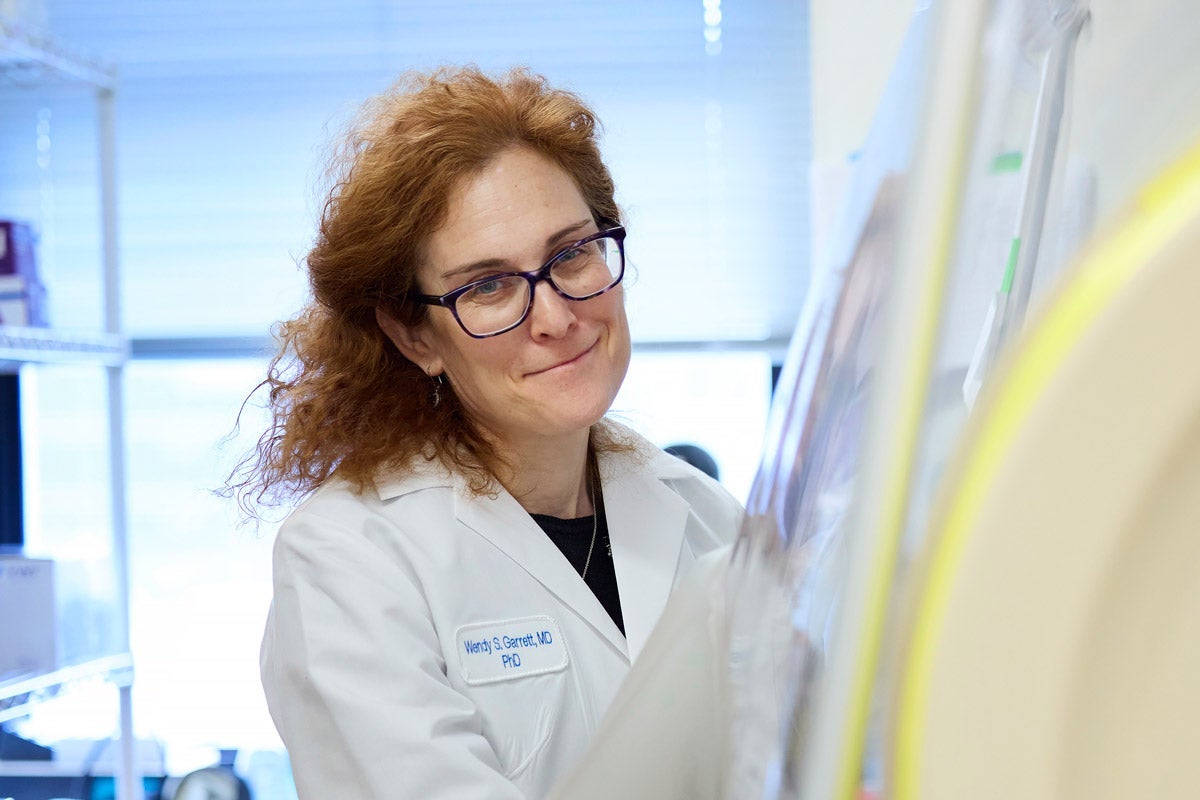Coronavirus (COVID-19): Press Conference with Vish Viswanath, 05/12/21

You’re listening to a press conference from the Harvard T.H. Chan School of Public Health with Vish Viswanath, director of the India Research Center, Lee Kum Kee Professor of Health Communication in the Department of Social and Behavioral Sciences, and co-director of the Lee Kum Sheug Center for Health and Happiness. This call was recorded at 12:30 p.m. Eastern Time on Wednesday, May 12th.
MODERATOR: Dr. Viswanath, do you have any opening remarks, I mean, anything you’d like us to do before we get started?
VISH VISWANATH: Sure. Thank you, Nicole. And thanks to everyone. So I just want to make a couple of points. Obviously, the questions can come from any of us. But from my perspective, as somebody who focused on public health sciences, as a social scientist, focusing on information, misinformation, you know, so there is incessant coverage of India, especially around it may just a funeral, funeral piles and people gasping for breath outside hospitals, primarily from New Delhi and Mumbai. But sometimes some of the cities. And certainly, I think those of us who are several thousand miles away, it is of considerable concern and distress. And we think a lot about what is happening there. And there is a lot of speculation and why this crisis now as it usually happens and people are offering different ideas or hypotheses, so to speak, on these issues. My I want to make two points, especially on this issue. One is we really lack data on some of these issues. And so we have some data which you all have access to a number of cases, so now around three hundred, forty, fifty thousand likely, it went up to for a little beyond four hundred a couple of days ago, number of deaths and recovery rates. But beyond, if you go beyond that and some that I know vaccination that’s coming up, I know they have vaccinated about 170 million people so far, at least with one dose, and so we have some of those data, but we don’t have a lot of public health data. How many people are wearing masks, how many people are complying with community mitigation measures that are being selected or differentially placed and all other kinds of behavioral data. So that’s one issue. Second, I also want to draw attention to not just on the clinical side and also, so more than 20 million people have been ill, with COVID-19. And that’s definitely an issue. But in a country of one point three billion people, a lot of people are not sick. And our concern has been as we talk to people in India, in fact, this morning we had a journalist in India, but increasingly it does become clear to us there is a tremendous amount of misinformation around everything to do with COVID-19. Particularly what they are getting from social media, especially WhatsApp, and how that is really impacting public health mitigation measures in terms of compliance with very elementary things that we in our country have taken for granted now, now in 17 months or so. And we are trying to figure out what are these including number one. Number two, how can we really aggressively promote working with Indian partners. These public health strategies in mitigation, which is the only way, because obviously they can just keep themselves out of the disease. So sort of opening remarks, I wanted to make it maybe a different approach than other than you typically hear when you are hearing about the COVID surge in India. So let me stop.
MODERATOR: Thank you, Dr. Viswanath. First question.
Q: Hi Vish. On the whole misinformation question, are you talking mainly about misinformation in India that is affecting how Indians approach this particular crisis, or are you talking about media coverage outside of India, about what’s going on in the country?
VISH VISWANATH: Thanks for that clarification. So, no, I don’t mean the journalistic coverage. In fact, I just was in a meeting before this. Journalistic coverage has been a saving grace in many ways in drawing attention to issues that have not attracted enough attention. So, what I meant is misinformation within India, among the publics, different groups of people, around COVID-19 issues that they are mostly getting exposed to in social media, and to some extent, that is repeated and amplified in the news media and within India news media.
Q: Very good. And if I could just follow up with a somewhat unrelated question. There has been news lately about this this new variant that has been identified. Do you think that that it is part of the answer to why this surge? What now? I’ll just leave it at that.
VISH VISWANATH: Yeah. So that issue has come up you know, I should say I’m not a clinician neither am I working in genomic sequencing. In fact, that is one explanation that is being widely offered that this new double mutant, which is increasing transmissibility, is one. Actually, it’s a serious hypothesis that’s being offered as a reason, as one of the reasons for this. And a number of Indian scientists are working on that sequencing issue, as well as with the cooperation, and we will know, I think, enough work being done on it in the next few days, we will have some kind of data and confirmation on it. Also, that the fact that it has been found in other places. So, once you know the genetic signature, I guess they will be able to know that. But again, that’s one speculation somewhat informed that’s being offered as an explanation.
Q: I had heard as sort of almost a case study of one possible explanation of what’s going on in the Seychelles, which is they have one of the world’s highest vaccination rates, over 60 percent, if I’m not mistaken. And yet they’re also experiencing this surge. Do you have any insights on that as far as either variance or misinformation or really anything that might shed light on it?
VISH VISWANATH: I can’t speak on what’s happening with Seychelles, so I better not do that. I follow the vaccination data, but I don’t know enough about that country right now to say anything.
Q: Sure. And if none of my colleagues have a question, I’ll be greedy and ask one more. Following up on your earlier comments on misinformation, what kinds of misinformation are we seeing in India that might be affecting people’s behavior?
VISH VISWANATH: So, I can give you a plethora of examples, but let me give you a couple. Right. So, one of them is on what kind of folk remedies can be used to cure, or even ward off COVID-19, right. So, you can choose an ingredient and people are people are using these ingredients. So black pepper, turmeric, I should be very careful in listing all of them because I don’t want to amplify that. But there is an increasing reliance on, I should say, increasing reliance. But there is a reliance on these kinds of folk remedies that are frequently routinely forwarded on WhatsApp messages. And second, another example is that people think, oh, the other way to ward this off is to boost one’s immunity. So, what they are now doing is prescribing a lot of folk remedies to boost one’s immunity. Some of them are interesting, okay meditation, yoga, that’s all fine, which is actually good to do that, not for boosting one’s immunity, but there is just a lot of stuff that people are doing and are drinking whatever juice, whatever vegetables. You know, these are the kind of things that people are relying on to boost one’s immunity and somehow that will keep them better. I can go on and on, I think a third one that I have seen is somehow somebody said, well, you know, steam can help because it will improve your breathing and lung capacity. So, in some places they even have these steam bar. And if you think of a hookah bar where people are smoking hookah from some common here, you can imagine that. I have seen even visuals on people inhaling steam because that will ward it off. So, there’s a lot of that kind of speculation and there is a lot of speculation on the medicines and what medicines are helpful. And, you know, and that’s the reason you see clinicians getting worried about because people are running for steroids and Remdesivir and plasma, even though we know that these are all how to administer very selective conditions. Again, I’m not a clinician, but I’m talking to so many of these clinicians and my counterparts in India. So, these are some examples of misinformation.
Q: Very good. Thank you.
MODERATOR: Dr. Viswanath, just a quick follow up on that, you’re talking about folk remedies. Are those being promoted instead of well-known non-pharmaceutical interventions, like wearing a mask and social distancing or they kind of being a supplement to the things that we do know help?
VISH VISWANATH: Right. So, what happens is on social media, right. So, you can control messaging. And I think that people have the misimpression, that wrong impression that somehow, they will sensor everything, right and so there is just this flood, and deluge of information on social media. And because people are scared and people are worried and people are trying to make sense of what is happening and that it’s like an antenna, that’s revealing that environment and families and friends are trying to make sense of it. And because of, you know, compared to misinformation, the classic public health measures are not being heard as much as they should, and other governments are not aggressively campaigning on the public health measures like Dr. Fauci and others have done here. And so, relatively speaking, there’s more attention to these kinds of misinformation, including folk remedies compared to the pleas by public health people on classical and basic public health strategies.
MODERATOR: So, it sounds like it’s drowning or even distracting from the helpful message.
VISH VISWANATH: It is, so that’s why I said we don’t have data from a survey. I know I can go to Kaiser Family Foundation. I can go to our own surveys in this country. I can go to the Pew Research Center to see really how many people are wearing masks as opposed to how many people are not wearing masks. We just don’t have the data. But from what we are seeing, an increasing canvasing we are doing, we are seeing that certainly there’s much more attention to these things than the public health strategies.
MODERATOR: Thank you. Next question.
Q: Hi, thanks for doing this. I was wondering if you could talk a little bit about the U.S. government and what do you think we should be doing as a country to help out or what we’re not doing that we should be doing? Right.
VISH VISWANATH: So there are two ways to look at this. And one is what can we do in the short term and what can we do in the medium long term, if you will. In the short term I think, you know, the there is a lot of discussion around IP right now loosening up in our trips and IP issues. And I think it’s debatable how that works, but that is not going to increase the number of vaccinations overnight. I think what they need, I think, in the short term is certainly what the U.S. government is doing in terms of supplying emergency equipment. And that’s all over the world. A number of countries are doing it. And I think that supply will help assist in the immediate aftermath right now, given the situation is so dire right now. Where I you know, there are two things that have been occurring to me. And one is the for whatever reason, I don’t hear a lot about the community mitigation measures and the public health measures in India right now. And I think this is where providing that kind of technical support in providing that kind of data surveillance support would be extremely helpful to the Indians in general and Indian government. The second is, and this is very interesting, this is something I’m trying to emphasize, not because I just discovered it. I’ve been thinking about it, there is already a tremendous talent in India right now. There’s a big hospital chains, a group of a number of institutions that are working in this area and a number of [non-government organizations]. And I think working through the government for the U.S. Government now, it would be helpful to see how we can provide the kind of technical support to do some of these things in a much faster way. So earlier people asked me about mutations and mutants, I think, in helping them with the appropriate reagents and testing and any technical- people are doing it. I mean, as I said, there is capacity there. It’s a question of how we work with them to help them is very critical. I think that what we are not doing enough is working with local groups and institutions through the government and figuring out where exactly we can be helpful and not just rushing stuff. And I think the if we can figure out a way to really engage these critical stakeholders, I think that that will go a long way in helping them.
Q: And there is enough respect in India, we haven’t exactly done a fabulous job of keeping the virus at bay here. Are they willing to listen to us?
VISH VISWANATH: Yeah, you know, I think that’s a great question. There’s a tremendous goodwill, right, for the U.S. Whatever government may say, you know, people in general, people have a lot of goodwill that a lot of credible people in the U.S. and I keep invoking Dr. Fauci’s name, and I think certainly you know, I want to be careful with the verdict, right? It’s a question of how we offer to help. Sometimes when we go and say, OK, we know better than you, so you should do X, Y and Z. I think the people and governments could be very hypersensitive to that kind of criticism. I’m very sensitive. I grew up in India, but I don’t want to make blanket statements eight thousand miles away. But at the same time, if there is a participatory approach, I think from my conversations that are some very specific things and questions they’re asking, and if they start with those, I think we can develop that goodwill and go a long way in helping because ultimately helping India is helping us, too, because this is a global pandemic.
Q: But one more question about the Serum Institute. It seemed like a lot of hopes had been pinned on them and now they don’t seem to be quite living up to their promises. And I just wondered if you could kind of summarize what you’re seeing going on there.
VISH VISWANATH: Right. So it’s a great question. I’ve been struggling. In fact, I’ve been scouting for the data for this. Right. And I want to offer this data with some degree of caution, because this is what I’m reading. From what I’m hearing is that the so far about 160, 170 million, I think roughly 170 million people have been given at least one dose. And I think 30 million have been fully vaccinated. That’s what I’m reading from the data. So what happened, I think, is the Serum Institute is obviously the largest one of the largest producers in the world. And the government has bought some doses from them. And then they also supplying to the rest of the world, but they have not, from what I understand, the sheer demand outstripped the capacity to produce, which is not surprising. Remember what they were going through here in January, even though we started in December, January through April. Here, it’s the same thing that is happening. So, I think Serum Institute is just not able to keep up with that demand, because originally the idea was that they would supply India some doses, but also supplied the rest of the world. And now, given the extreme demand from the rest of the world and India, they are having trouble making their demand. And as you know, they have been saying, and again, this is what I’m reading, is the sheer challenges it takes to scale up production, particularly with the lack of supply of raw material.
Q: So it’s nothing untoward or irresponsible of them, just the challenges of doing a difficult task.
VISH VISWANATH: So, yeah, so I heard because this data are not freely available, I heard that that they’re able to make in the country about 90 million doses. And I’m trying to get confirmation for this. So, if you think about it, 90 million doses per month. And I think that’s roughly right now. I understand that they are vaccinating about two million people a day. So, you can do the math. Right. And it’s just that they won’t be able to keep up with this demand for a while. They have been saying that it will take May, June, July, even August to even cover a small group of people. When you have a billion people getting two shots into their arms and one point three billion people, even if you say you’re vaccinating seven or eight hundred million people, the government was planning to vaccinate three hundred million people. You can just see if you do the math how long will that take at the rate they’re going? You know, we are comfortable now in our country, now in May, you can just see, and we are only 330 million people.
Q: Thank you. Appreciate it. Thanks.
MODERATOR: Really quickly, you said that the Indian government was planning on vaccinating 300 million people. Was there a reason for just that number instead of a higher number?
VISH VISWANATH: Right. So, the original idea was to vaccinate 300 million people, frontline health workers and people over 45 years. So basically, focusing on high-risk people. And then, of course, they are realizing that the risk is much broader than that. And given the spread, that was the original estimate, the original plan they had before all this happened.
MODERATOR: We have about three minutes left. Is there anything else you’d like to say before we go? I think that’s the last question we ask that real quick. Anybody else have any questions before we wrap up the call? OK, I think we’re all set. Yeah, do you have any final thoughts before we go?
VISH VISWANATH: Yeah. So one of the things we are doing and hopefully in the next week or two week, maybe, given the crisis, I will have a better idea. But also trying to get a lot of information on rural India going beyond New Delhi. And I want to see what is happening there and what some of these hospitals are doing. I mean, they’re doing some very interesting work and some of the rural hospitals are very different than 60 percent of the Indian population, 70 percent almost live in rural India. So we are trying to get some information because we need to know much more what’s happening there. And that’s one area that’s worth paying attention to as we go forward.
This concludes the May 12th press conference.


